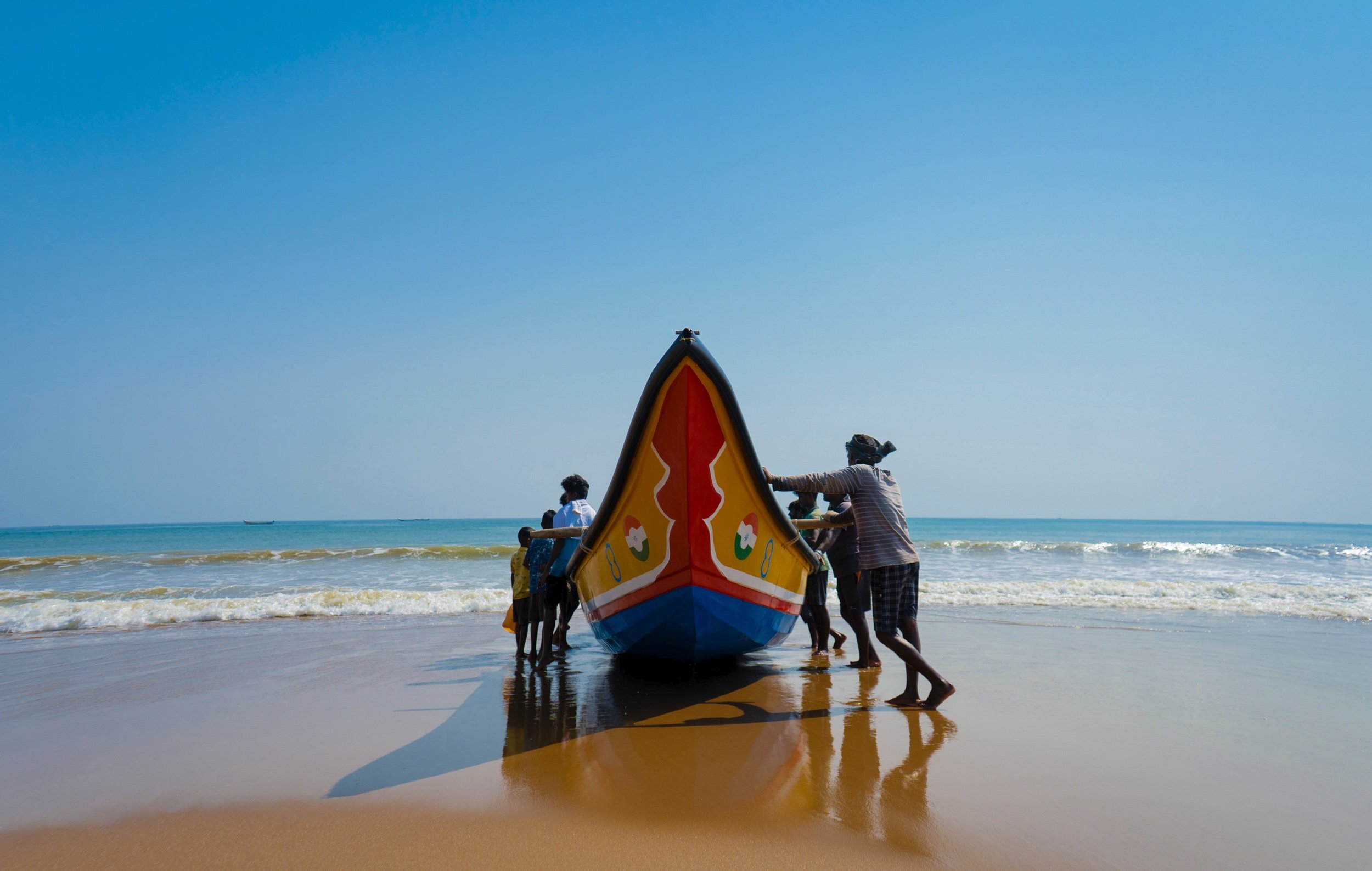Not only are rural households predominately reliant on agriculture and thus highly vulnerable to climate change, but due to a lack of support financially both nationally and internationally, they are forced to spend their own limited resources on preparing and responding to climate disasters. In the face of all this, the recently concluded preparatory climate talks for COP27 in Egypt in November, saw wealthy high emitting nations side-step previous promises and obligations to address the loss and damage the climate crisis is inflicting on the Global South. Once again, promises made, but not kept, and one need only look to the present floods in Bangladesh and so many more disasters to see the inherent injustice in this.
Agroforestry and the Case for Centering Local Needs in Climate Resiliency
Agroforestry involves a wide range of trees that are protected, regenerated, planted or managed in agricultural landscapes so that they interact synergistically with annual crops, livestock, and wildlife. Not only is agroforestry positioned to enhance general crop yields through regenerative farming techniques, but fruit and other trees planted can themselves be used to generate food and other commercially marketable products, such as timber, fodder for livestock, fuel, and medicinal herbs. By improving both food and economic security–arguably the biggest consequences of climate disruption and the greatest drivers of climate migration globally–agroforestry embodies adaptation in the most holistic sense of the term. Not to mention, of course, the mitigation objectives that can be achieved simultaneously. In fact, when done on a sufficiently large scale, carbon credits can be tapped to provide a direct source of finance to those communities leading the change.
Global South Leading the Way Via Climate Vulnerable Forum
On April 27, 2022, the Climate Vulnerable Forum (CVF), an international partnership of global South countries highly vulnerable to a warming planet, released a telling report titled “Climate Survival Leadership Barometer”. The report was released under the CVF’s signature initiative “Midnight Survival Deadline for the Climate”, which served to remind governments of the obligations they had taken on at the UN Climate Change Conference at Paris, or COP21, in 2015. The report analyzes updates to national mitigation and adaptation targets – referred to as “Nationally Determined Contributions” (NDCs) that countries committed to revise every five years starting in 2020 to deliver on the Paris Agreement. Some notable findings on the adaptation side are worth highlighting, for they speak to the collective will (or lack thereof) of governments to institutionalize the very resiliency-building measures needed to address root causes of migration in a climate crisis-stricken world.
Justice for Odisha’s Climate Migrants
Due to a lack of economic opportunity and common natural disasters, Odisha has long been a source of migrant workers both in India and abroad. For decades, economic stagnation in the region paired with growth and urbanization around other parts of India meant that Odisha was already a hotbed for migrants before climate change became a more prominent push factor. Today, it is one of the most affected regions in India by climate change which is only pushing more and more people to migrate both temporarily and permanently.
The World Cup of Climate Injustice
When the world’s best players take the field in November, they will be playing in stadiums that at least 6,500 migrant workers died to build. It is believed that the number could actually be much higher, Of the countries that sent a large number of migrant workers to Qatar, India, Pakistan, Nepal, Bangladesh and Sri Lanka are the only ones that actually kept track of how many of their citizens have died. Since 2010, an average of 12 people have died each week constructing the World Cup infrastructure from these five countries alone. Other countries with a large number of workers in Qatar, including The Philippines and Kenya, have not kept track of fatalities. On average nearly two workers have passed away daily, listed officially as ‘natural causes.
Worst Storms in 30 Years Offer Europeans a Glimpse of Global South ‘Loss and Damage’
The same link must be drawn in developed countries as well. The UK and Europe storms are opportunity for these developed country citizens to recognize the pattern of loss and damage they’re starting to witness at home as well, and to hold their elected leaders to account for historic and continuing global emissions despite the dire warnings from the science community.







